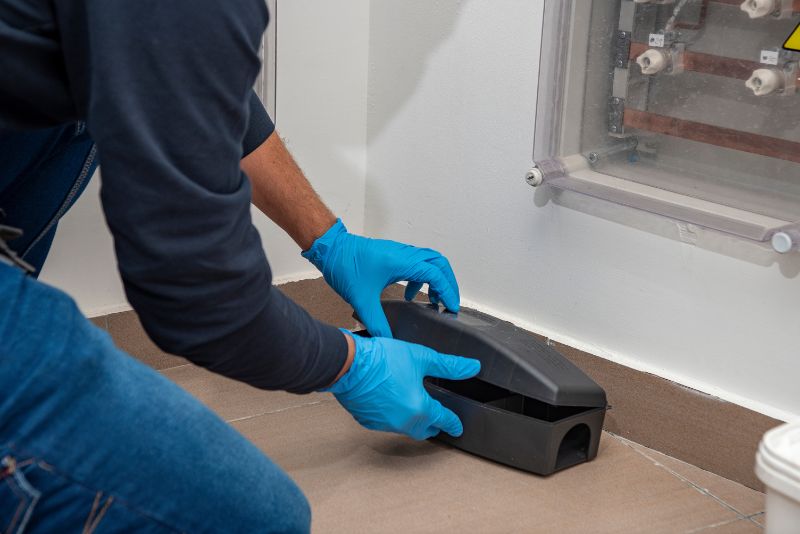5 Effective Mouse Deterrents to Keep Your Home Rodent-Free
Rodents are crafty creatures. Tiny and quiet, they invade our abodes seeking warmth and food. While some might not mind their presence, many prefer to plan ahead and prevent infestation. Let’s explore how a mouse deterrent can help keep your dwelling rodent-free.
Gearing Up for Prevention

A cornerstone in the war against these tiny invaders is the concept of deterrents. More often than not, we’re unaware of their presence until signs of infestation appear. Some homeowners are comfortable with the elimination methods like traps or poisons. Others prefer more humane options, leading to the adoption of deterrents that prevent the problem before it starts.
When Mouse Met House: A Story of Infestation
Once, we returned from a vacation to find our indoor garden of marigold seedlings devoured to the root. Investigation followed, leading us to find a mouse trapped in the bathtub, lifeless. We deduced our intruder had scaled walls to secure a stable food source while enjoying the safety of our cat-free home. This experience taught us about opportunities we unknowingly provide to these tiny squatters.
Applying ‘Mouse Deterrent’ Strategies to Secure Your Home
The Elements of Home Prevention

Mice are clever creatures driven by basic instincts: food, shelter, warmth, and security. Each component is to their survival; take them away, and the environment becomes inhospitable. A well-devised plan combines elements that deter mouse habitation.
Sanitation and Repair
Regular cleaning minimizes the availability of food and nesting materials, deterring mouse intrusion. Additionally, addressing structural issues such as cracks and loose boards prevents easy access. A secure and clean environment works as an effective mouse deterrent. Strategies could include:
- Cleaning regularly to avoid food scraps
- Repairing home cracks and gaps
- Keeping exterior doors closed
Creating a Threatening Environment

No mouse enjoys the company of predators. To imitate their presence, one can employ sprays mimicking predator markings. These humane, non-toxic solutions deter mice and signal the presence of threats.
See Related: Adorable Miniature Turtles That Make Perfect Pets
Essence of Peppermint: A Natural Mouse Deterrent

Everyone knows of mouse’s undying love for cheese, but what about their dislikes? Mice cannot stand the smell of peppermint. Utilizing this fact, homeowners can use peppermint oil as a natural and aromatic mouse deterrent. A small application every few weeks can keep your living spaces rodent-free, especially during the cold months when they tend to seek warmth indoors.
In conclusion, learning about our tiny foes is our best defense. Preparation and preventative measures make a difference in maintaining rodent-free spaces. Coupled with cleanliness and minor home repairs, predator mimicking products and peppermint oil deliver a complete mouse deterrent package, ensuring a peaceful coexistence in your own home — sans-Mickey.
Related Resources: